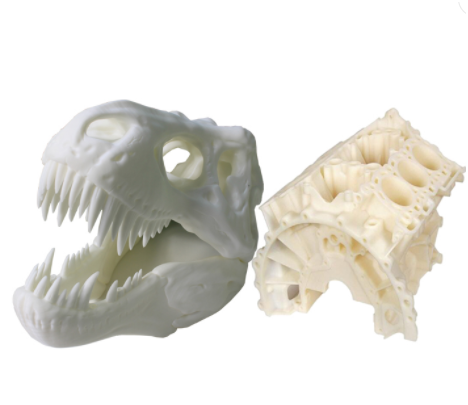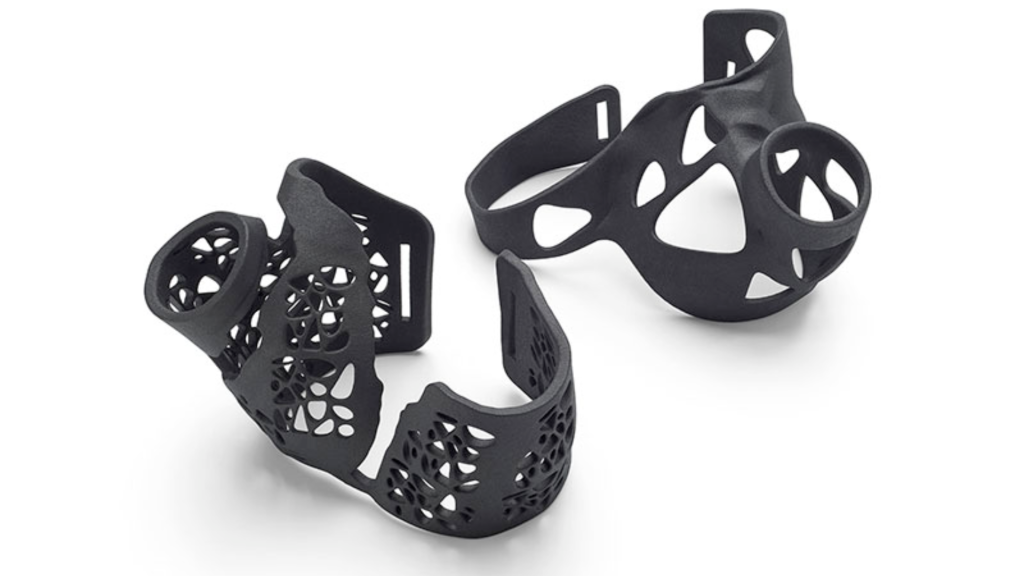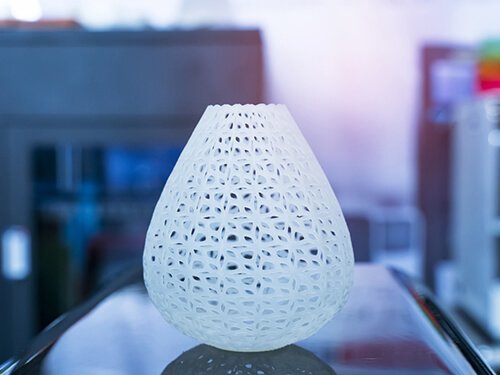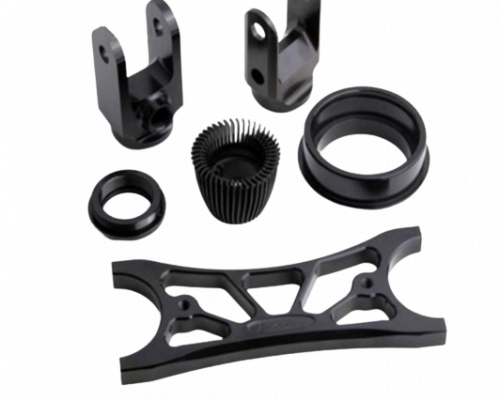Plastic 3D Printing Service
Plastic 3D Printing Service
Plastic 3D printing is one of the most common and widely used 3D printing technologies. It involves creating three-dimensional objects by layering plastic material based on a digital model. This method is popular due to its versatility, cost-effectiveness, and accessibility across industries, from prototyping to manufacturing and product development.
Plastic 3D Printing Overview
Plastic 3D printing is a widely used and versatile additive manufacturing process that involves creating three-dimensional objects by layering plastic materials based on a digital design. The technology has become increasingly popular across industries, from prototyping to end-use product manufacturing. It is especially useful for rapid prototyping, custom manufacturing, and low-volume production. Plastic 3D printing offers numerous benefits, including the ability to create complex geometries, reduce waste, and accelerate product development cycles. This overview explores the main technologies, materials, applications, and providers associated with plastic 3D printing.
Thermoplastic 3D Printing
Selective Laser Sintering (SLS) 3D Printing Service
Selective Laser Sintering (SLS) 3D Printing Service is a widely used manufacturing solution for producing durable, high-quality parts from powdered materials. This technique is particularly suitable for functional prototypes, complex geometries, and small-batch production runs.

HP Multi Jet Fusion (MJF) 3D Printing Service
HP Multi Jet Fusion (MJF) 3D Printing Service offers a cutting-edge solution for producing high-quality, functional parts with exceptional detail and consistency. Leveraging HP’s advanced technology, MJF is ideal for both prototyping and full-scale production, providing speed, scalability, and superior material properties.

Fused Deposition Modeling (FDM) 3D Printing Service
Fused Deposition Modeling (FDM) 3D Printing Service provides a cost-effective and reliable solution for producing functional prototypes, low-volume production parts, and custom components. As one of the most widely used 3D printing technologies, FDM is ideal for both rapid prototyping and manufacturing durable end-use parts.

Thermoset 3D Printing
PolyJet 3D Printing Service
PolyJet 3D Printing Service delivers high-resolution, multi-material, and multi-color parts with exceptional surface quality and precision. This advanced additive manufacturing technology is ideal for realistic prototypes, detailed models, and complex designs, making it a top choice for industries requiring visual accuracy and functional performance.

Stereolithography (SLA) 3D Printing Service
Stereolithography (SLA) is a resin-based additive manufacturing process that uses a UV laser to cure liquid photopolymer resin layer by layer. The laser selectively solidifies the resin to form detailed parts with extremely smooth surface finishes and high accuracy, making it perfect for applications requiring precision and visual quality.

Applications of 3D Printing
Advantages of Plastic 3D Printing
Rapid Turnaround
Rapid Turnaround refers to the ability to complete a project, task, or production process in a very short amount of time, often in response to urgent demands or tight deadlines. In the context of 3D printing and manufacturing, rapid turnaround is a critical factor that enhances efficiency, reduces lead times, and allows businesses to react quickly to market needs or customer requests.
High-Quality, Organic Traffic
Durability in 3D printing refers to the ability of a printed object or part to withstand wear, pressure, stress, and environmental conditions over time without failing or degrading. In the context of 3D printing, ensuring that parts or products are durable is essential, especially when they will be used in demanding applications like automotive, aerospace, medical, or industrial environments.
Complex Geometry
Complex Geometry refers to the intricate, detailed, and often non-linear shapes that can be designed and manufactured using advanced techniques like 3D printing. These geometries are typically difficult or impossible to produce using traditional manufacturing methods like injection molding, casting, or machining, due to the constraints of tooling, material flow, and other limitations. In 3D printing, however, complex geometries can be easily achieved because the process builds objects layer by layer, allowing for greater design freedom and precision.
Precision
Precision in 3D printing refers to the accuracy with which a 3D printer can produce a part, specifically in terms of the dimensions, details, and tolerances of the printed object. It is one of the most critical factors for achieving high-quality prints, particularly in applications that require tight tolerances, fine details, and perfect fit.
Part Production
Part Production in 3D printing refers to the creation of end-use parts and components through additive manufacturing (AM) processes. Unlike traditional manufacturing methods, which rely on subtractive processes like machining or molding, 3D printing builds parts layer by layer, allowing for the production of complex shapes and structures with minimal waste. Part production using 3D printing is widely used across industries like aerospace, automotive, healthcare, consumer goods, and more due to its ability to create highly customized and intricate components quickly and efficiently.
Scalability
Part production using 3D printing is revolutionizing manufacturing processes across a wide range of industries. The technology offers unmatched flexibility, the ability to produce complex geometries, and the potential for rapid customization. While challenges such as material limitations and post-processing time remain, 3D printing continues to provide significant advantages, particularly for low-volume production, customization, and rapid prototyping. As technology advances, it is expected that 3D printing will play an even larger role in the future of manufacturing, enabling more efficient and innovative production solutions.
Why Choose Avinyaworks for Plastic 3D Printing?
Endless Options
Choose from millions of possible combinations of materials, finishes, tolerances, markings, and certifications for your order.
Easy to Use
Get your parts delivered right to your door without the hassle of sourcing, project management, logistics, or shipping.
Quality Assurance
Our quality check includes visual inspection, dimensional verification, functionality testing (if applicable), and a review of surface finish.

